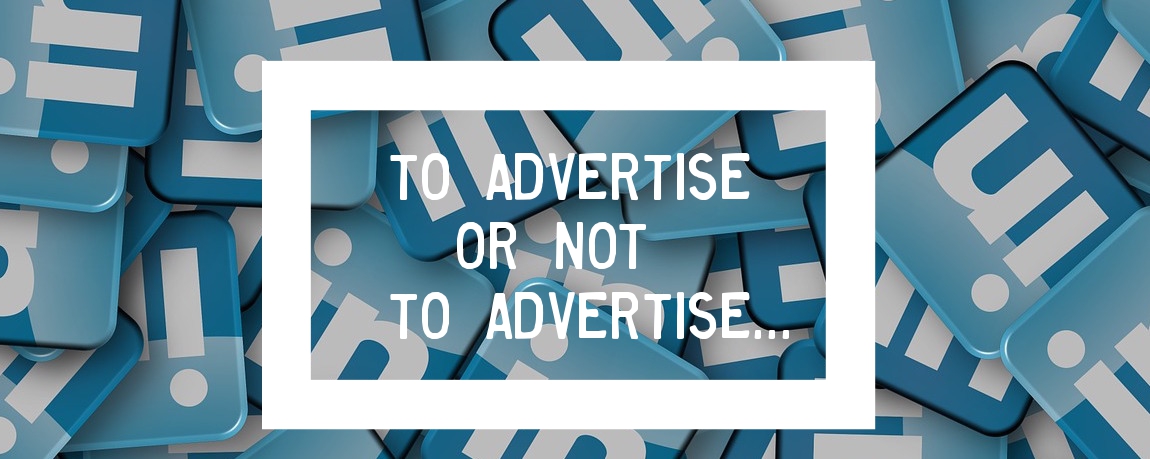by MGB2B

Last week, we took a look at whether or not business prospects were worth pursuing over July 4th weekend. But what about any old weekend? Or how about during vacation?
Consumer Email vs. B2B Email
Before we get into the stats for B2B emails, it’s important to note that consumer emails are different from B2B emails. People are out shopping on the weekends, so it makes sense to sell merchandise direct to consumer on the weekends. But there is a general hesitation to send out B2B emails on weekends and holidays. Well maybe there shouldn’t be. Here’s why.
Looking at Email Behavior Differently
While there are tons of articles on when to send B2B emails based on average industry open rates, it’s also a good idea to look at general behavior. A recent study from ReachMail takes a closer look at when Americans open their work emails [INFOGRAPHIC at bottom of post]. This is a broader study than much of the industry-specific territory that’s been explored in the past. But it’s still important, because it gives an insight into the mindset of most working Americans.
The Three Most Interesting Highlights of the Study
- 75% of Americans Check Their Work Email on Weekends. I assumed that number would be fairly large, but not that large. The key is to get the right message to them while they’re in that half work/half play mode. Perhaps your weekend emails, while still insightful, can be a little more lighthearted than usual.
- 61% Check While They’re on Vacation. You may get a lot of “I’m sunning myself on the shores of Europe” auto-replies during the summer months. But apparently a lot of vacationers are checking their work email when they get back to the hotel at night. If your subject line and your content is compelling enough, they may just give it a read before they head out for dinner and drinks.
- Only 20% of High Earners ($105k per year) Will Not Open Work Email on Days Off. These are often your top decision makers. The ones you want to get to know your brand more than anyone else. And they’re ready to give your email read on Saturday or Sunday – if you can get their attention.
These are just a few interesting facts found by the study. Amongst others, there is a certain faction of people who like getting emails on their days off because it makes them feel important (ahem – 55% of millennials). You can read more interesting stats as well as how people are trying to combat their full work inboxes in ReachMail’s infographic below:

Continue Reading
by MGB2B

The Myth: No One is Receptive to B2B Marketing Over a Holiday Weekend
The Truth: That 4th of July Email Might Be Much More Well-Received Than You Thought
Holiday weekends in the summer usually mean a few things: Fireworks. Sun (hopefully). Swimming. Maybe a few beers, a trip to the beach, or grilling hamburgers out on the deck.
For most people, it doesn’t mean a day in the office, being stuck inside responding to email. or dialing into a call. But that doesn’t mean you can’t turn the holiday into an opportunity. Occasions like 4th of July weekend are actually the perfect time to reach out with an email campaign. Why? Because what you don’t achieve in mass, you’ll make up for in quality. Prospects who actively engaging with your emails over holiday weekends have taken time out of their holiday weekend to read what you have to say.
Here Are Some Marketing Tips for July 4th Weekend:
- Make It Count. If someone is opening your email over the holiday weekend, they are genuinely interested in what you’re offering. Give them some meat instead of holiday “fluff.”
- Establish the Context: Even if you are writing a substantial email, you may actually be able to find a link between your brand and the holiday. If you’re in an industry that embodies American innovation and quality, emphasize this!
- Make a Special Offer: This is one area in which we can take a lesson from consumer marketing, especially where holidays are involved. If you want to introduce a brand new product or service, or offer a limited-time deal, holidays are a great time to do this. And the relaxed holiday mood we all get into might refresh and energize your client enough to make them want to look into new decisions once they get back into the office.
- Think for Mobile: Even if your prospects are out on the deck, many have their phones an arm’s reach away. You should assume that your audience will be receiving your email on their mobile device, so keep this in mind as you decide on format. Don’t forget a snappy — and preferably short — subject line to catch their attention.
- Coordinate Your Social Media: A full-fledged social campaign might not be necessary for every holiday, but your message will be reinforced tremendously if you can coordinate your different channels. If you email out a summer holiday message, repeat the same message on your Twitter and Facebook feed. You can get more lighthearted with your content here as well, complementing your substantial email with some fun posts that really show your brand’s personality. Bonus: this is an easy way to incorporate some eye-catching color into your posts and your timeline.
Remember That B2B Decision Makers Are People Too
You’re targeting businesses with your marketing, but that doesn’t mean your audience isn’t made up of real people. And everyone enjoys a well-meaning message every now and then, just so they know you’re thinking about them, the customer. While holidays are always a time to advertise deals and encourage sales, it’s also the perfect opportunity just to simply wish your clients well. On that note, have a very Happy 4th of July!
Continue Reading
by MGB2B

The Myth: I Don’t Need LinkedIn Ads for My Business
The Truth: LinkedIn Is a Top Platform for B2B Lead Generation
Professionals and businesses alike know that a presence on LinkedIn is important. But what you might not know is that you don’t have to stop at just creating a profile. LinkedIn can actually become a lead generator when used correctly. Let’s take a closer look at the benefits of LinkedIn ads for B2B marketing and the best way to use the medium.
Why LinkedIn?
According to LinkedIn back in 2015, 80% of leads from social media come from LinkedIn. The professionals who are on LinkedIn are already in a business mindset, which makes them more receptive to strategic B2B advertising. You have the unique opportunity to reach the people in executive positions and all along the decision-making chain with significant purchasing power. You can even target by job function to make sure you’re reaching the right people.
Sponsored Content
LinkedIn has several different capabilities for advertising. First, you can create Sponsored Content that reaches audiences on desktop, mobile, and tablets. These ads can spark conversation and reach a specifically targeted group of professionals. And, best of all, you can set your own budget by choosing from cost-per-click or cost-per-impression options.
Sponsored InMail
Another option is Sponsored InMail. This feature lets you send personalized messages to prospects on LinkedIn messenger. It’s a great way to send event invitations or insightful content to those who will be receptive to it. They will only be sent while the recipient is active online, and there is a limit to how frequently they are sent, which optimizes viewing.
Text Ads and Target Audiences
Next, the more traditional Text Ad lets you create your own advertisement and choose the audience you want to reach. Using LinkedIn Matched Audiences, you can very precisely customize your targeting. You will be able to target by company, experience, education, industry, and even job function, which can greatly increase the effectiveness of your B2B ads. Real, member-generated demographic data is used to ensure you’re reaching a higher quality target audience.
Data and Analytics
You also have the opportunity to track conversions with LinkedIn. The platform lets you record website conversions from your Sponsored Content or Text Ad campaigns, so you can track things like downloads, sign-ups, and purchases. You’ll do this by adding the LinkedIn Insights Tag to your website — a piece of JavaScript code that lets you track conversions from your campaign. What’s particularly helpful is that you determine what a conversion is; you specify which actions qualify.
Campaign Manager
As your campaign runs, LinkedIn’s Campaign Manager will let you monitor your results. You’ll be able to calculate your LinkedIn advertising ROI with their built-in analytics tool within the Campaign Manager. You’ll also be able to see the value you’re getting from both desktop and mobile, including return on ad spend, cost per conversion, and conversion rate. And most important – you can fine-tune your campaign to make it more effective over time.
While LinkedIn is likely not the right approach for most consumer brands, the platform is ideal for B2B brands. With detailed targeting capabilities and a variety of ad content options, LinkedIn is an avenue you should at least take into consideration.
Continue Reading



